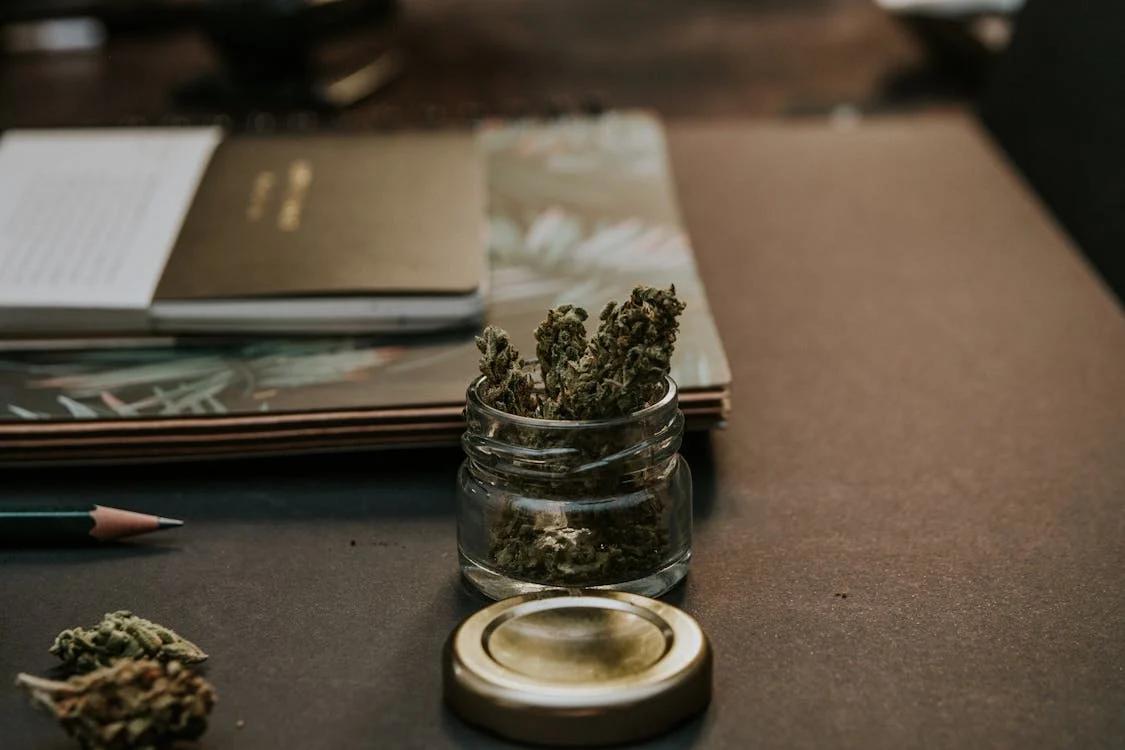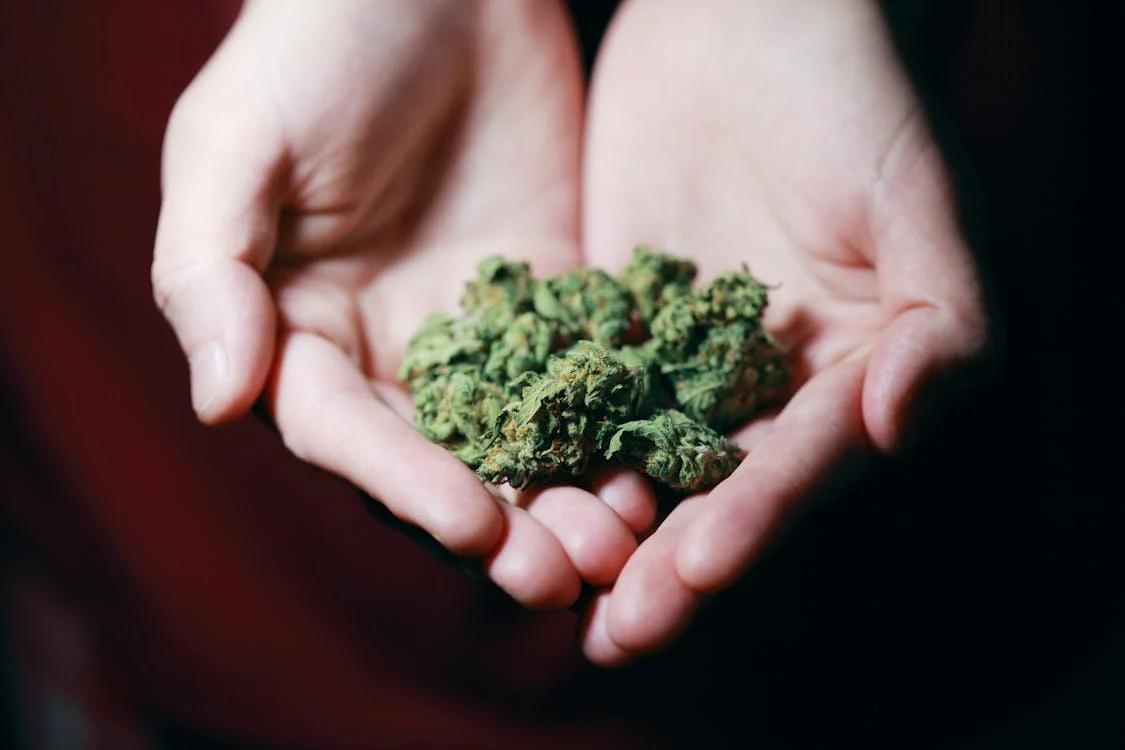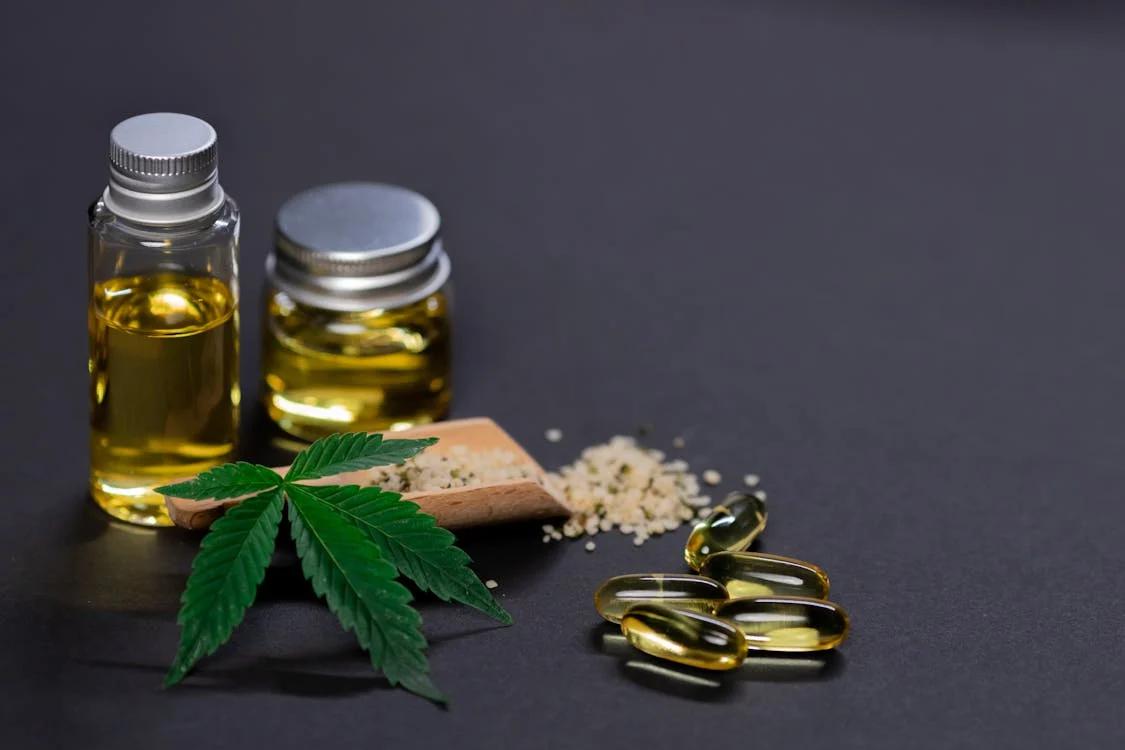Cannabis goes far beyond the psychoactive effects of THC. Terpenes play a crucial role in shaping the flavor, aroma, and potentially even the effects of the plant. But for those who enjoy vaping or dabbing cannabis concentrates, understanding terpene boiling points becomes essential.
When heated above their boiling point, terpenes begin to vaporize, contributing their unique flavors and aromas to the experience. However, excessive heat can lead to terpene degradation, diminishing the overall flavored terpenes and potentially impacting the entourage effect, where terpenes interact with cannabinoids to influence the experience.
This blog delves into terpene boiling points, exploring the most common terpenes found in cannabis and their burning points. Understanding these critical temperatures allows you to tailor your vaping or dabbing experience to maximize flavor and functionality.
1. The Importance of Burning Points: Beyond Just Flavor
While a pleasant flavor is certainly desirable, the burning point of terpenes holds more significance than just taste. Here’s why understanding these temperatures is crucial:
Flavor Preservation: Each terpene contributes its unique flavor note. You ensure a more complete and nuanced flavor experience by keeping the temperature below the burning point. Exceeding the burning point can lead to a harsh, burnt taste and the loss of some terpenes altogether.
Maximizing the Entourage Effect: The entourage effect suggests that terpenes may interact with cannabinoids, potentially influencing the overall effects of cannabis. Vaporizing terpenes at their optimal temperature ensures they reach their target receptors and potentially contribute to the desired effects of your chosen strain.
Efficiency: Different terpenes have different boiling points. You can optimize your vaping or dabbing temperature to vaporize the desired terpenes efficiently by understanding these points, avoiding unnecessary depletion of your concentrate.

2. A Matter of Degrees: Terpene Boiling Point Basics
Terpenes are volatile organic compounds, meaning they readily evaporate when you heat them. The boiling point of a terpene is the temperature at which it transitions from a liquid to a gas. Here’s a quick breakdown of the terms used:
Boiling Point: The temperature at which a substance changes from a liquid to a gas.
Fahrenheit (°F): A common temperature scale people use in the United States.
Celsius (°C): A temperature scale used in many parts of the world.
3. The Terpene Temperature Spectrum: Exploring Common Boiling Points
Now, let’s delve into the burning points of some of the most common terpenes found in cannabis:
Myrcene: This earthy, musky terpene boasts a relatively high boiling point, ranging from 330°F (166°C) to 334°F (168°C). This makes it well-suited for vaping at lower temperatures to preserve its relaxing properties.
Limonene: Known for its citrusy, uplifting aroma, limonene has a boiling point of around 349°F (176°C). Aiming for temperatures slightly below this point allows you to enjoy its invigorating citrus notes without compromising its potentially mood-boosting effects.
Pinene: This pine-like terpene has a boiling point of approximately 311°F (155°C). Its lower boiling point necessitates lower vaping temperatures to preserve its focus-enhancing properties and avoid a harsh, piney taste.
4. The Lemony Ladies: Exploring Variations Between Terpenes
It’s important to note that boiling points can vary slightly within the same terpene class. For instance, alpha-pinene has a boiling point of around 311°F (155°C), while beta-pinene boils slightly higher at 320°F (160°C).
These subtle variations highlight the importance of utilizing strain-specific information when determining the ideal vaping temperature.

5. Beyond the Big Three: Exploring the Spectrum of Terpenes
While Myrcene, Limonene, and Pinene are some of the most common terpenes, the cannabis world offers a diverse range of aromatic compounds. Here are some additional terpenes with their approximate boiling points:
Linalool: This floral, lavender-like terpene has a boiling point of around 390°F (199°C), making it one of the most resilient terpenes well-suited for higher temperatures.
Caryophyllene: This spicy, peppery terpene boils at around 266°F (130°C), requiring lower vaping temperatures to preserve its potentially pain-relieving properties.
Humulene: This earthy, hoppy terpene has a low boiling point of around 212°F (100°C), necessitating very low vaping temperatures to avoid terpene degradation and potential loss of its appetite-suppressing effects.
6. Finding Your Perfect Puff: Choosing the Right Temperature
With an understanding of terpene boiling points, you can tailor your vaping or dabbing temperature to optimize the experience:
Low-Temp Vaping (200-300°F / 93-149°C): This temperature range is ideal for preserving the flavor and effects of terpenes with lower boiling points, such as pinene, caryophyllene, and humulene. It allows for a more nuanced flavor experience and potentially maximizes the entourage effect.
Medium-Temp Vaping (300-350°F / 149-177°C): This range is suitable for vaporizing a wider range of terpenes, including limonene and myrcene. It offers a balance between flavor and potency, potentially delivering a more well-rounded experience.
High-Temp Dabbing (350-420°F / 177-216°C): Dabbing utilizes higher temperatures to vaporize concentrates. This range is effective for vaporizing terpenes with higher boiling points like linalool. However, it’s important to be mindful of potential terpene degradation at these temperatures.
7. Beyond Temperature: Choosing the Right Equipment
The type of vaporizer or dab rig you use can also influence the temperature and your overall experience.
Vaporizers: Many vaporizers offer adjustable temperature settings, allowing you to precisely control the heating process and optimize for specific terpenes.
Dab Rigs: Dab rigs typically involve using a blowtorch to heat a nail, which then vaporizes the concentrate. While offering a potent experience, precise temperature control can be more challenging with dab rigs. Consider using a temperature gun to monitor the nail temperature and avoid overheating your concentrate.

8. Trial and Error is Key: Finding Your Sweet Spot
The information provided here serves as a general guide. Ultimately, the ideal vaping or dabbing temperature depends on your personal preferences and the specific concentrate you’re using.
Experiment with different temperatures within the recommended ranges to discover the sweet spot that delivers the most enjoyable flavor and desired effects.
9. The Future of Flavor: Advancements in Terpene Technology
The world of cannabis technology is constantly evolving. Advancements in vaporizer design and concentrate extraction techniques hold the promise of even more precise temperature control and efficient terpene preservation.
Additionally, research on terpenes is ongoing, unlocking a deeper understanding of their potential therapeutic benefits and paving the way for targeted terpene profiles in future cannabis products.
Shop Terpenes for Sale in Arizona!
Dive deeper into the world of terpenes and elevate your understanding of their burning points. Whether you’re in cannabis production, aromatherapy, or simply curious about their aromatic magic, Gold Coast Terpenes offers premium insights and products.
Explore our range of flavored terpenes to harness their full potential in your creations. Don’t miss out on optimizing your experience with the finest terpene strain profiles available. Contact Gold Coast Terpenes today and buy terpenes now!
